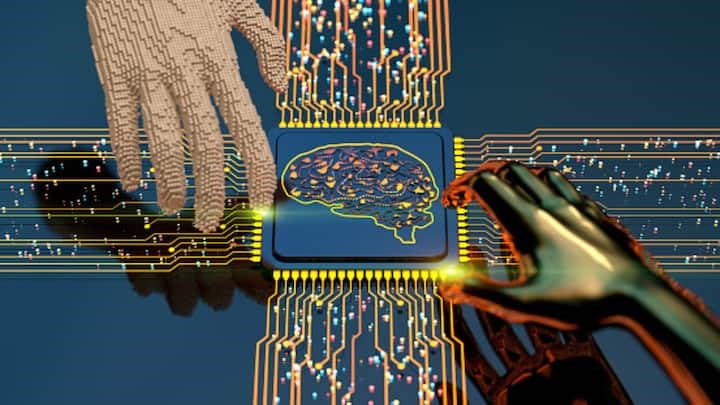Free Courses Sale ends Soon, Get It Now


Free Courses Sale ends Soon, Get It Now



Disclaimer: Copyright infringement not intended.
Context
Details
The Impact of OpenAI's ChatGPT
Global Market Dynamics
About Gen AI
Foundational Principles:
Key Algorithms:
Applications:
Ethical Considerations:
Conclusion
Generative AI stands at the forefront of innovation, pushing the boundaries of what machines can create. While unlocking unprecedented possibilities in art, content generation, and scientific research, it demands careful consideration of ethical implications and ongoing efforts to refine its capabilities. As generative AI continues to evolve, its impact on various industries and creative endeavors is poised to reshape the landscape of human-machine collaboration.
|
PRACTICE QUESTION Q. The exponential growth of the generative AI market, fueled by innovations like ChatGPT, showcases the increasing importance and adoption of AI technologies worldwide. Examine. (250 Words) |
© 2024 iasgyan. All right reserved